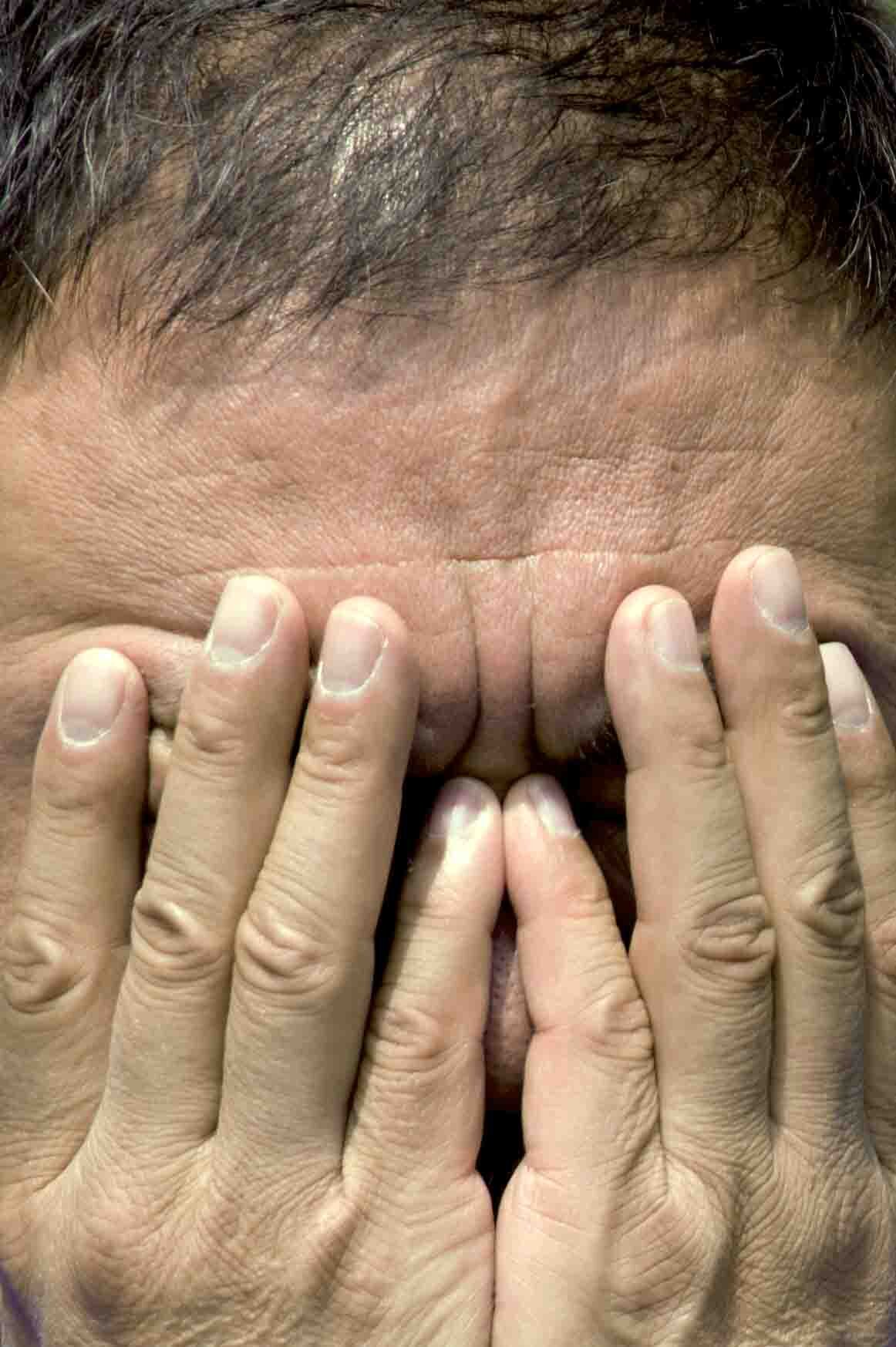Ai Weiwei
Chinese human rights activist Ai Weiwei, is probably the most famous artist in the world. He has suffered many abuses from the Chinese government. He has consistently used social media to document his travails, critique and embarrass the government. He has been detained and beaten, denounced in the press, his name has been removed from exhibition lists and his work removed from shows. His newly constructed self-designed studio in Shanghai was demolished. Search engines in China do not recognize his name.
On April 3, 2011 Ai was arrested and held without charges for 81 days of psychological torture. No one knew where he was held. His cell was approximately 10 by 12 feet and contained only the barest essentials, a bed, a table, a chair, a toilet, a shower and a sink. The cell was also occupied by two uniformed guards, who watched his every move 24 hours a day, while he ate, when he used the toilet and while he slept. They never spoke to him. As he had never been charged, tried or sentenced, he had no idea when they would release him, if ever. There were protests all over the world, demanding his release, from arts organizations and from governments.
When Ai was finally released, with the knowledge that they could pick him up again anytime, he returned to his home and studio in Beijing. He was under full-time surveillance and virtual house arrest. His passport had been confiscated.
In 2014 I was in Beijing as a member of the jury for the annual Three Shadows Photography Awards and exhibition. Three Shadows was founded by the collaborative artist couple RongRong and inri. Their extraordinary complex of facilities was designed by Ai Weiwei. They have been close friends of Ai since they were young artists trying to build an art scene in Beijing, living in a slum area that has subsequently become a thriving gallery and business area.
I asked them if it would be possible to visit with Ai. I told them specifically that I had no particular business for Ai and I wanted to be certain I was not interrupting his work. I didn't want to be an art tourist and if it was any kind of imposition, I didn't need to go. RongRong, through our interpreter Dandi Huo explained that it was important for Ai to have visitors, especially foreign ones, who were in Beijing on official invitations. It was essential that the authorities understood that people all over the world were interested in his well-being. I went with RongRong and inri, and photographer Tokihiro Sato, of Japan. Our arrival at his home was recorded by the two government surveillance video cameras trained on his front door at all times.
Ai had lived in New York from 1981-1993 and so his English is fluent. He was generous with his time, and was interested in my own projects. I saw his studio and part of his living space. I found him both genial and charismatic. He comes across casually and humbly, but speaks with an earned authority. Our primary conversations were situated in his courtyard. In the hot sunshine one of his many cats joined us at the table and promptly fell asleep. As did Ai soon after, (and not I,) for a few minutes. He covered his face at one moment, probably to stifle a yawn. I made that picture as a metaphor for his disappearance and the government's efforts to erase him from public awareness.
His passport has subsequently been returned and he has been free to travel. As of this writing, he has been living in Berlin, working on various art projects and attending his exhibitions. He is active on Twitter and Instagram and Facebook with a huge international following.
I cannot say I know Ai Weiwei. I did recognize, however, his power, humility, and clarity, those rare characteristics that come from the knowledge that his battle is necessary but will never end, and that he can only win by redefining winning. Winning is carrying on with the struggle. He has donated himself to resisting oppression through his art. His art is the objects he makes, it is his communications, his example, it is his body, his breath, and his thoughts. And he knows that there are others who are in the struggle with him. His art features overt irreverence toward the powerful and therein lies a modicum of freedom, but it is a kind of freedom with precious little comfort.


